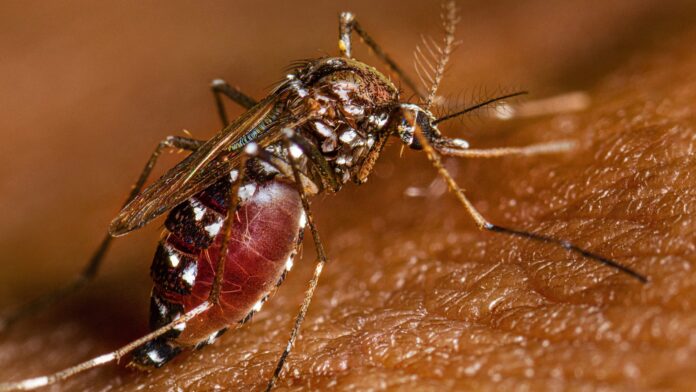The Pan American Health Organization (PAHO) has issued an urgent epidemiological alert following a sharp rise in yellow fever cases across the Americas, with a notable shift in the geographic spread of the disease.
Health officials are particularly concerned about the growing number of infections in previously unaffected areas, warning that more countries could soon be at risk.
According to PAHO, 61 confirmed cases of yellow fever were reported in 2024, resulting in 30 deaths. This surpasses the 58 cases and 28 deaths recorded between 2022 and 2023 across Bolivia, Brazil, Colombia, and Peru. Alarmingly, 17 additional cases have already been reported in January 2025, including seven fatalities.
Initially concentrated in the Amazon regions of Bolivia, Brazil, Colombia, Guyana, and Peru, the virus has now been detected in São Paulo, Brazil, and Tolima, Colombia. Peru has also reported a fatal case outside of previously known transmission zones. PAHO warns that this expansion could put additional populations at risk, urging governments to strengthen disease monitoring and vaccination programs.
Implications for the Caribbean
Though no Caribbean nation has reported cases in this latest outbreak, the region remains vulnerable due to its climate, tourism-dependent economy, and close travel links with affected countries. The spread of yellow fever into new areas raises concerns that infected travelers could introduce the virus to Caribbean nations where Aedes mosquitoes—the primary vector—are present.
Caribbean health authorities may need to enhance border screening, ensure adequate vaccine coverage, and intensify mosquito control measures to prevent an outbreak. With tourism season in full swing, travelers from high-risk areas could unknowingly bring the virus into the region, making early detection and containment efforts critical.
PAHO’s recommendations
To prevent further spread, PAHO urges countries to:
- Strengthen surveillance – Rapidly detect and investigate any suspected cases, even in regions with no prior history of yellow fever transmission.
- Boost vaccination efforts – Ensure at least 95% of residents in high-risk areas are immunized. Many recent cases involved unvaccinated individuals.
- Enhance laboratory testing – Conduct virological diagnostics to confirm cases and differentiate yellow fever from other mosquito-borne illnesses like dengue and Zika.
- Improve clinical management – Focus on early detection and specialized care for severe cases to reduce fatalities.
- Prepare for outbreaks – Maintain sufficient vaccine supplies and update emergency response plans.
Since the 1970s, yellow fever has remained a persistent public health challenge in the Americas, with outbreaks linked to environmental changes and shifting interactions between humans, monkeys, and mosquitoes. Given the changing transmission dynamics, PAHO emphasizes that active monitoring and rapid response strategies are essential to control the disease and prevent a wider crisis.
As the situation evolves, Caribbean health officials must remain vigilant, ensuring that prevention and preparedness measures are in place to protect both residents and visitors.















